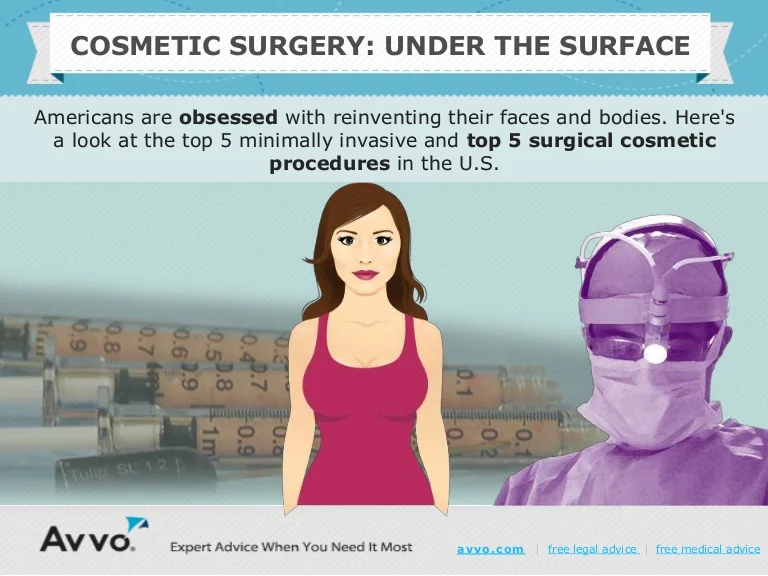Acne outbreaks in the cheek area are triggered by several points, from touching your face frequently to not transforming your pillow case typically enough. Picking at imperfections enhances your risk of infection and scarring, and particular drugs can worsen dark areas (postinflammatory hyperpigmentation).
Fortunately, there are many ways to prevent and treat cheek acne. These include:
1. Hormonal Changes
Acne is largely caused by hormones, specifically those generated throughout the age of puberty and maternity. For some, a family history of acne might additionally add to their condition. Anything that clogs pores, such as oil-based skin care products or ceraceous hair items, can cause acne. Numerous topical therapies, like benzoyl peroxide and salicylic acid, can battle germs and unblock pores. Those with severe or chronic acne should look for therapy from their medical professional.
Stay clear of touching or pressing your acne, as this can push a few of the bacteria deeper into the skin, leading to an extra extreme outbreak. It is likewise essential to change pillowcases regularly and use tidy make-up brushes. You must likewise try to avoid toxic irritants such as rubbing from using a safety helmet or tight collar.
2. Diet
The oily, sweet foods that lots of people think trigger acne may in fact refrain so. As a matter of fact, research studies have revealed that consuming a diet plan rich in whole, nutrient-dense foods aids to avoid breakouts.
Foods high in the glycemic index (such as white bread, corn flakes, puffed rice and potatoes, doughnuts and various other breads) increase blood sugar degrees swiftly, and this can enhance hormones that enhance oil manufacturing and result in acne.
Drinking cow's milk has actually additionally been linked to increased acne outbreaks. If you are a normal cow's milk drinker, you might intend to attempt switching to low-fat or nondairy choices that are strengthened with calcium. Additionally, drinking even more water can assist to reduce acne due to the fact that it assists to keep the skin hydrated.
3. Excess Oil
While oil is essential for healthy and balanced skin, it can end botox near me up being an issue when too much sebum blends with dead skin cells and blocks pores. This mix can produce blackheads, whiteheads and pimples. The obstructed pore wall can break down and spill bacteria, dead skin cells and sebum right into surrounding skin. This causes a red bump referred to as a pimple. Occasionally these red bumps have pus in the center from a bacterial infection. Bigger infected bumps that resemble acne are called cysts.
There are lots of things that can create excess sebum and blocked pores, consisting of hormonal agent fluctuations, diet regimen and everyday habits. Some instances include touching the face often, resting your hand on your cheek, making use of dirty make-up brushes and not altering pillow cases frequently.
4. Stress
If you're managing throbbing acnes or a multitude of blackheads and whiteheads, it might be time to speak with a dermatologist. They can suggest an effective therapy that suits your skin kind. Practicing leisure and stress-reduction techniques likewise helps.
Acne can happen in the cheeks due to friction and stress, such as when a person touches their face regularly or wears a hat or sporting activities helmet that massages against the skin. It can additionally appear where oily cosmetics and lotions scrub versus the skin.
Prevent pressing acne, as this can push contaminated material deeper right into the skin and lead to scarring. Instead, see a medical professional to discover preventative therapies like medication, skin treatment products and way of life adjustments. Eating a healthy and balanced diet of entire foods, obtaining seven to 9 hours of rest and utilizing noncomedogenic make-up and skincare products can all help in reducing acne breakouts.
5. Hair Products
Hair products are not commonly considered a source of breakouts, however they can add to acne on the cheeks in some people. Pomade acne, which is defined by small closed comedones and papulopustules, is generally caused by using oily hair items that contain comedogenic components such as particular oils and acetylated lanolin.
Choosing hair items that do not contain these possibly comedogenic active ingredients is an essential action towards minimizing breakouts. Additionally, ensuring that hair products aren't can be found in contact with the skin can help avoid outbreaks. As an example, wearing a scarf or hood during the night can limit hair-to-face get in touch with and minimize the likelihood that leave-in hair products will abrade onto the face.
Along with using a non-comedogenic cream and cleaning with an acne face clean, other valuable strategies consist of:
